Sponsored by Metrohm AGAug 22 2023Reviewed by Olivia Frost
Handheld Raman spectrometers are a unique class of analytical chemical instruments. Spectrometers, including IR/NIR, UV-Vis, GC/MS, and Raman varieties, rely on the interaction between matter and energy, equipped with detectors that gather information about resulting atomic and molecular changes.
This data serves to qualify and quantify diverse chemical species. Typically, a spectrometer constitutes a benchtop apparatus connected to a computer or alternative visual display utilized by an analyst within a laboratory.
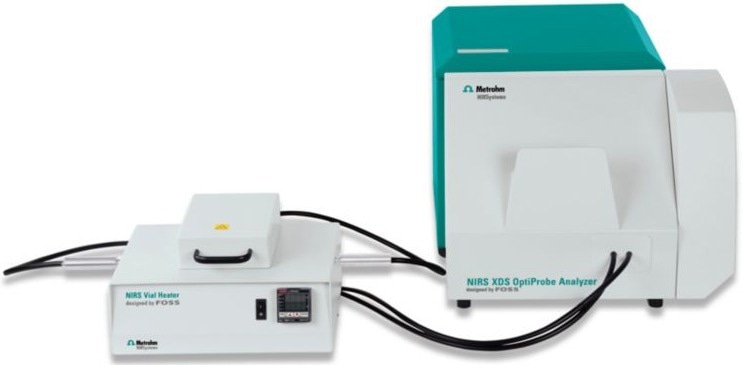
Image Credit: Metrohm AG
Classical Raman spectrometers adhere to this classification. They encompass lasers, filters, detectors, and all associated hardware for sampling, integrated into a singular unit while data processing and visualization take place nearby.
Raman is a unique investigative analytical technique in many ways. The adage goes, “If you can see it, Raman can ID it.”
Raman boasts straightforward sampling techniques coupled with precision. Many pure substances can be directly analyzed without sample preparation. Sampling is conducted through direct contact, remote means, or even barriers. It extends to identifying solutes within water.
This technique exhibits high specificity; each substance subject to Raman examination generates a unique “fingerprint” spectrum. Raman spectroscopy excels at definitively pinpointing individual materials while adeptly distinguishing even the most akin compounds.
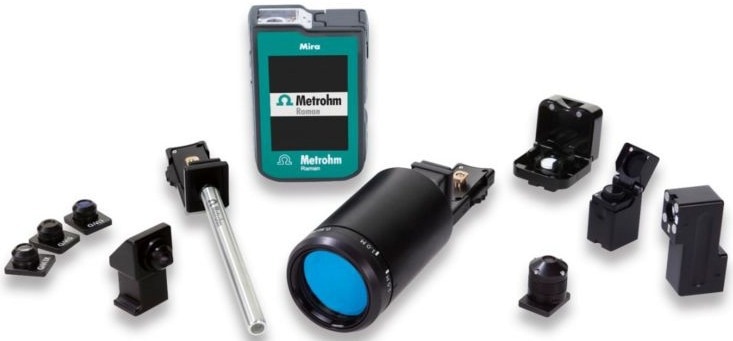
MIRA (Metrohm Instant Raman Analyzer) with several sampling attachments for easy analysis: with or without sample contact. Image Credit: Metrohm AG
The Raman Spectrum
The Raman spectrum comprises peaks spanning a range that corresponds to specific molecular connectivity, enabling the determination of a sample’s chemical composition. The spectral range relies on spectrometer design, embodying a balance between resolution and sensitivity.
The “fingerprint region” (400–1800 cm-1) serves to identify unknowns and authenticate known materials. The region below 400 cm-1 aids in mineral, gemstone, metal, and semiconductor analysis.
For most organic materials (e.g., oils, polymers, plastics, proteins, sugars/starches, alcohols, solvents, etc.), minimal information above 2255 cm-1 is useful in Raman applications, as carbon-hydrogen chains make a limited contribution to molecular characterization.
MIRA’s measuring range of 400–2300 cm-1 is perfect for most Raman applications, including:
- Pharma and other regulated industries
- Food
- Personal care and cosmetics
- Defense and security
- Process analytics
- Materials ID
- Education and research

A selection of different bonds and functional groups with their general regions of activity in the Raman portion of the electromagnetic spectrum. Image Credit: Metrohm AG
Good Things Come in Small Packages
Technology, analysis, ease of utilization, accuracy—handheld Raman embodies all these traits within a compact format, breaking free from laboratory confines. This also opens the door to numerous novel users applying Raman in innovative and exciting applications.
The subsequent sections of this article delve into the specifics of component development that facilitated Raman miniaturization. This is followed by the backstory of Metrohm Raman, the manufacturer of MIRA (Metrohm Instant Raman Analyzers).

Image Credit: Metrohm AG
Four notable innovations came together to create MIRA: diode lasers, specialized filters and gratings, on-axis optics, and the CCD (Charge-Coupled Device) in a distinctive design referred to as the “astigmatic spectrograph.”
The fundamental constituents of a Raman spectrograph are visually depicted in the graphical representation above. It is important to note that this portrayal does not accurately capture the distinct geometries housed within MIRA’s casing.
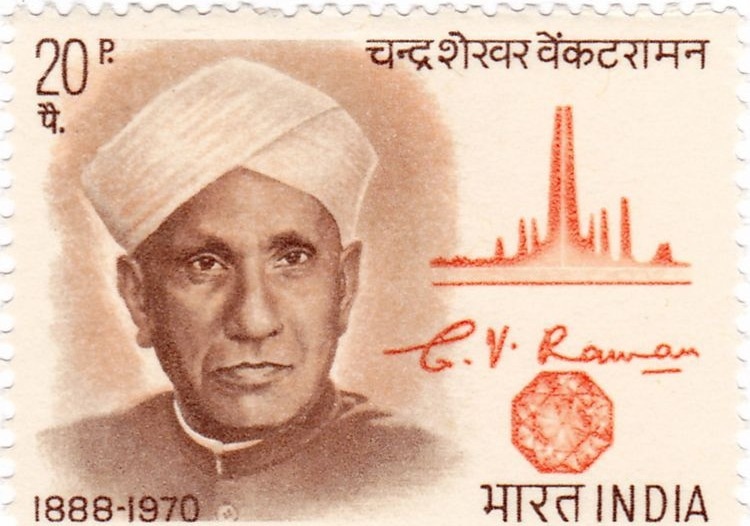
C.V. Raman. India Post, Government of India / GODL-India
Raman spectroscopy is a technique reliant on the excitation of molecules using light (energy). C.V. Raman’s discovery of Raman scattering in 1928 was made possible by focused sunlight, which was swiftly replaced by a mercury lamp for excitation and photographic plates for detection.
This yielded a simple, popular, and efficient means to determine the structure of uncomplicated molecules.
The inaugural commercial Raman spectrometer entered the market during the 1950s. With the proliferation of lasers in the 1960s and enhanced filter technology in the 1970s, Raman gained popularity as a versatile technique for a broad spectrum of chemical analysis.
The integration of systems debuted in the 1990s, while instrument miniaturization commenced in the early 2000s.
Miniaturization of Raman Spectrometers
The progression towards handheld Raman commenced with diode lasers, which marked the initial phase. For those in a particular generation, this includes the lasers, compact and chill, with low energy usage, reminiscent of those utilized in CD players. These lasers were consolidated at the source using a distinct form of diffraction grating for stabilization.
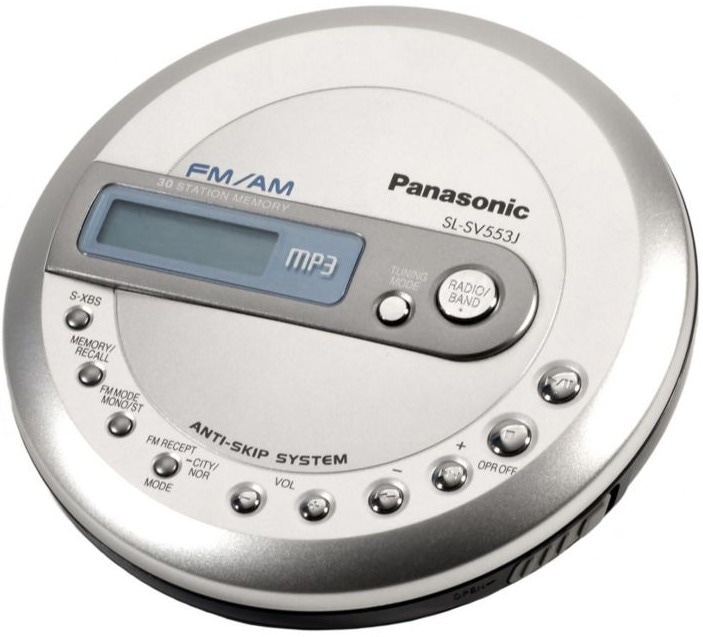
Image Credit: Metrohm AG
Powerful, efficient optical filters also contribute to miniaturization by controlling laser light scattering within the spectrograph.
The evolution of small, sensitive Charge Coupled Devices (CCDs), commonly found in mobile phone cameras, facilitated the identification of Raman scattering. It also enabled the efficient transmission of resultant signals to a computer for subsequent processing.
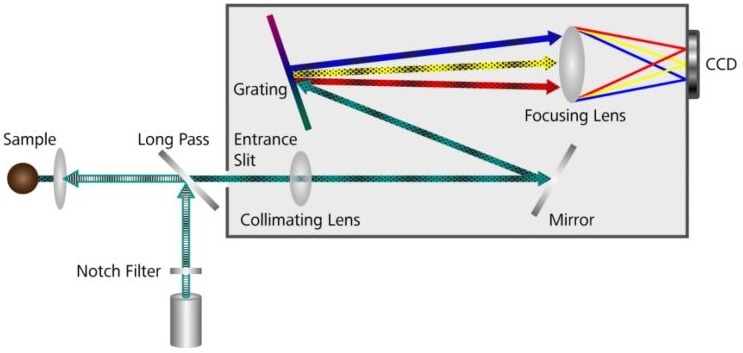
Image Credit: Metrohm AG
The astigmatic spectrograph streamlined both geometry and alignment for myriad components within a Raman spectrometer, constituting the ultimate stride in handheld Raman’s evolution.
Along Comes MIRA
MIRA came into existence in 2015, emerging not only as an innovative analytical tool but also as a distinctive entity among handheld Raman spectrometers. MIRA has the smallest form factor of all commercially available Raman instruments.
What truly differentiates MIRA from its competitors is the inclusion of built-in Smart Acquire routines, granting access to highly precise analytical results for anyone, anywhere. Its durability stands out, meeting MIL-STD 810G and IP67 specifications—meaning that MIRA can be dropped or submerged in liquid to obtain identification.
As Raman technology moved beyond laboratory confines, it opened doors to new applications by non-technical operators, enabling them to conduct precise analytical tests swiftly and securely.

Image Credit: Metrohm AG
The miniaturization of Raman has revolutionized safety in several ways:
- Direct analysis eliminates dangers from exposure to laboratory solvents and other chemicals.
- Through-packaging analysis prevents user contact with potentially hazardous materials.
- Simplified on-site materials ID verifies the quality of ingredients in foods, medicines, supplements, cosmetics, and skincare products.
- The ID of illicit materials such as narcotics, explosives, and chemical warfare agents supports quick action by military and civilian agencies.
What is Next?
It is hoped that the journey through the evolution of Raman technology, from benchtop systems to the handheld instruments in use today, has been informative. B&W Tek, Inc. is committed to releasing more articles about MIRA, delving into detailed descriptions of several intriguing applications of handheld Raman spectroscopy.
Acknowledgments
Produced from materials originally authored by Dr. Melissa Gelwicks, Metrohm Raman, Laramie, Wyoming (USA).

This information has been sourced, reviewed and adapted from materials provided by B&W Tek.
For more information on this source, please visit B&W Tek.